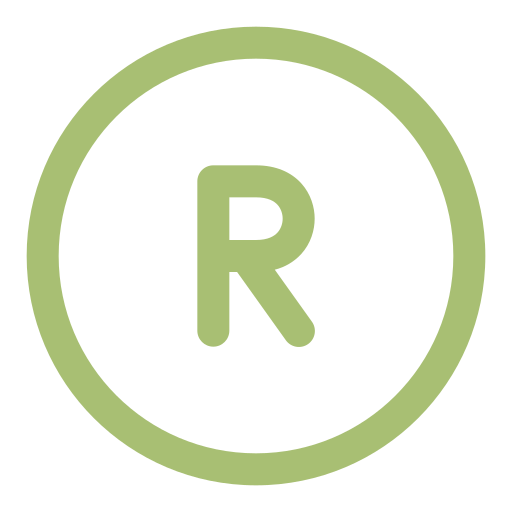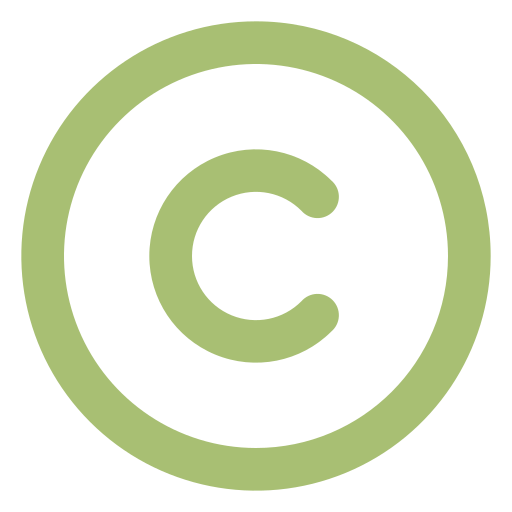You’ve probably seen the symbols ™, ®, and © on logos, product names, and creative works, but what do they actually mean? If you’re starting a business, learning about the meaning and significance of these symbols can help you protect your brand.
In this guide, we’ll break down the importance of trademark protection, how to use them correctly and why they matter for businesses and creators.
What is a trademark?
A trademark is a type of intellectual property that protects distinctive elements, ideas, products or services. The goal of a trademark is to differentiate your brand from competitors and provide legal protection against unauthorised use.
A trademark can include:
- words;
- shapes;
- images;
- sounds;
- colours;
- moving images;
- aspects of packaging; and/or
- combinations of any of these.
Once registered, a trademark gives the owner exclusive rights to use it in connection with the brand name, logo, or creative work it represents.
How to register for a trademark:
- Check and search: ensure your trademark is unique and meets IP Australia’s criteria. Use IP Australia’s ‘TM Checker’ to find conflicts.
- Prepare and apply: choose ownership, select relevant classes, and submit your application via IP Australia’s portal. There are two application options:
- “TM Headstart” application – the process is broken into two parts. The first part incurs a $200 fee per class and involves an examiner looking at the trademark application before it is formally lodged. The examiner will flag any potential barriers to registration that the trademark may face. Before proceeding with the second part (registration), you have the opportunity to decide whether to continue or discontinue the application, depending on the examiner’s feedback, before incurring the $130 fee for the second part.
- Standard trademark application – incurs an upfront IP Australia fee of $250 per class. If there are any issues with the trademark, it could be rejected at this stage and you would have to incur the full application fee again if you wanted to alter your application and try again.
- Examination: IP Australia reviews your application (can take up to 3-4 months) and may raise objections.
- Publication and opposition: if accepted, it’s published for two months for potential objections.
- Registration: if unchallenged, your trademark is officially registered, and you receive a Certificate of Registration. The timeframe for its acceptance may vary. Generally, from the date of filing to the registration of the trademark, the wait time can be approximately 6 months.
Overview of trademark symbols and other IP symbols
Let’s break down the most popular trademark symbols:
 |
TM meaningThe TM symbol stands for “trademark”, usually seen superscript at the top as ™. This indicates the brand name, logo, or slogan is considered a trademark by its owner, even if it isn’t officially registered. Using ™ does not provide legal protection, but it signals to others that you are claiming ownership. |
 |
® meaningThe R indicates ‘registered trademark’, superscripted at the end at the top as ®. When the R symbol appears, it means the mark has been officially registered with a government trademark office (such as IP Australia) and is legally protected. The misuse of ® can lead to legal penalties. |
 |
© meaningThe C represents ‘copyright’, superscripted at the end as ©. It is usually associated with original creative works such as books, music, art, films, and software. A copyright gives the owner exclusive rights to reproduce, distribute, and display the work. While registration isn’t required, it can strengthen legal protection. |
Another less common symbol is SM, which is similar to the TM trademark. However, instead of being associated with products—like a tech product—SM is used for services such as legal services, accounting, and more.
Trademark guidelines: How to use trademark symbols correctly
Now that we’ve understood the basics, it becomes essential to understand some trademark guidelines on how to use the symbols properly for:
Symbol placement
- For words, names, and phrases, place the symbol in superscript at the upper right corner (e.g., Brand™, Brand®).
- For logos and designs, place the symbol in the lower right corner.
- For copyright notices, the © symbol is usually followed by the year of publication and the copyright owner’s name (e.g., © 2025 your company name).
Usage of logos, names and text
- Logos: the TM or ® symbol should be placed near the logo’s design.
- Company names: the TM or ® symbol can appear after the first or most prominent mention of the brand name.
- Copyrighted works: the © symbol should be clearly visible on published content, including websites, books, and videos.
Frequency and consistency
- Use the symbol at least once per page where the brand appears.
- In long documents, include it in the first mention of the trademark.
- On websites, place it in the footer or alongside the brand name in key locations.
- On social media, use it in bios or profile names.
Comparing trademark symbols
|
|
|
|
|
| Meaning | Used for unregistered trademarks (products or goods) | Indicates a registered trademark with IP Australia or another official body | Protects original creative works (e.g., books, music, art, software) |
| When to use | When claiming a brand name, logo, or slogan for goods before registration | Only after trademark registration is granted | Automatically applies when a work is created and recorded |
| Legal protection | No formal legal protection | Offers full legal protection and exclusive rights | Grants exclusive rights to reproduce, distribute, and display the work |
| Registration required? | No | Yes | No (but registration can strengthen rights) |
What are the consequences of misusing trademark symbols?
Using trademark symbols incorrectly can lead to legal trouble. Here are some risks:
- using ® without registration can result in fines or legal action;
- if a trademark isn’t actively used for a certain period (usually three to five years), it may be removed from the register;
- using a similar name or logo to a registered trademark can lead to lawsuits, fines, or forced rebranding; and
- copying or distributing copyrighted work without permission can result in legal penalties, including financial damages.
Fines for trademark infringement in Australia
Courts have the authority to determine the penalties involved. The fine or penalty imposed can depend on several factors, including the severity of the infringement and its impact.
Australian law outlines the maximum penalties, which may be calculated in different ways—such as a set monetary amount, a specified number of ‘penalty units,’ or even a percentage of turnover. The court considers these guidelines when determining the appropriate penalty for each case.
International considerations
Trademarks and copyright laws vary across countries. If you plan to expand internationally, consider these points:
- a trademark registered in Australia does not automatically apply in other countries. You may need to register separately;
- some countries do not legally require trademark symbols, while others enforce strict regulations; and
- most countries recognise copyright protection through international agreements.
Importance of intellectual property protection
Now that we’ve covered the key aspects, let’s explore the benefits of investing in intellectual property (IP) protection. By investing in IP protection in your business, you can:
- deter others from using your brand or creative work without permission;
- strengthen brand recognition and trust with customers;
- provide legal grounds to take action against infringement; and
- increase business value and potential for licensing opportunities.
Read about ‘Protecting your Intellectual Property’.
Next steps: trust H+A Legal as your IP lawyers
Understanding the differences between ™, ®, and © is essential for protecting your business and creative assets. If you’re serious about securing your business structure and intellectual property, registering your trademark helps to ensure long-term protection.
What’s next? Get in touch at H+A Legal, we can assist in providing legal trademark advice for safeguarding your brand, supporting you every step of the way.



